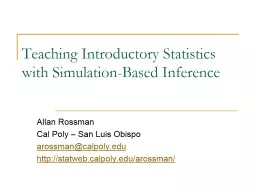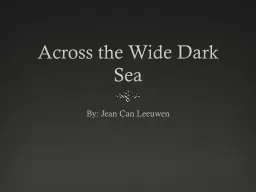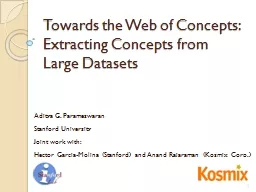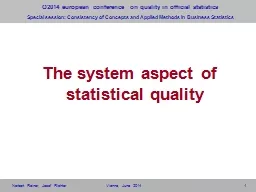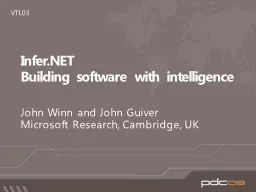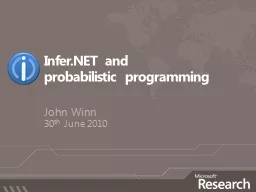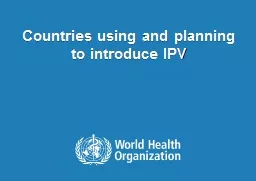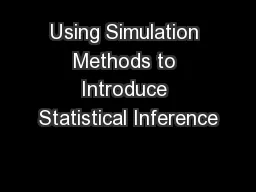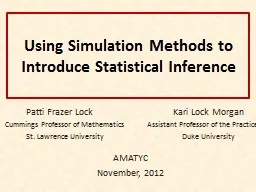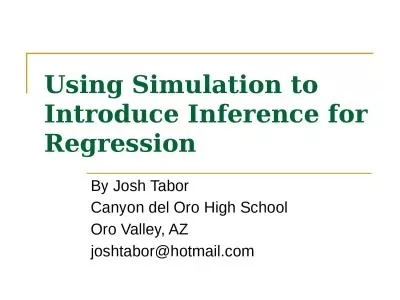PPT-Using Simulation to Introduce Concepts of Statistical Infer
Author : tawny-fly | Published Date : 2017-05-02
Allan Rossman Cal Poly San Luis Obispo arossmancalpolyedu httpstatwebcalpolyeduarossman Advertisement I will present a longer more interactive version of this in
Presentation Embed Code
Download Presentation
Download Presentation The PPT/PDF document "Using Simulation to Introduce Concepts o..." is the property of its rightful owner. Permission is granted to download and print the materials on this website for personal, non-commercial use only, and to display it on your personal computer provided you do not modify the materials and that you retain all copyright notices contained in the materials. By downloading content from our website, you accept the terms of this agreement.
Using Simulation to Introduce Concepts of Statistical Infer: Transcript
Download Rules Of Document
"Using Simulation to Introduce Concepts of Statistical Infer"The content belongs to its owner. You may download and print it for personal use, without modification, and keep all copyright notices. By downloading, you agree to these terms.
Related Documents

